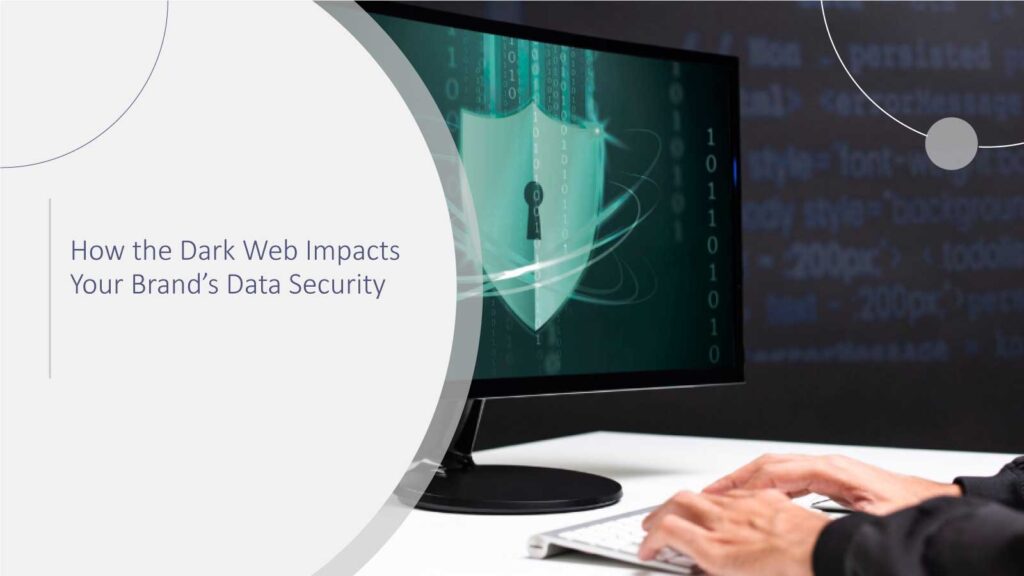Think cyber incidents are solely an IT issue? Think again. In 2025, cyber incidents became business-critical, institutional risk that formally made it to the board agenda. From AI-enhanced ransomware to national and geopolitical sabotage and hybrid warfare, the worst breaches this summer have not been about exfiltration; it has been a warning of what was and is to come. And the truth is, if you are a technology leader, CISO, or someone just trying to stay alive in the digital-first and digital-only world, you want to care about the crises. Because there is a schema behind every headline, and it tells us potential trajectories and, more importantly, how to get ahead of them. Let’s explore what we can draw from 2025’s cyberattacks and how we can make security more future-proof in a world that is trying to rewrite the rules.
The Five Cyber Incidents That Shaped 2025
1. The Rise of AI-Powered Ransomware
The automated ransomware finally reached new heights in early 2025-with enterprise firewalls logging over 36,000 scans per second at the endpoint. What was the difference? The attackers integrated AI into the initial stages of their campaigns. In other words, intelligent bots now recognize vulnerabilities, select their targets, and customize ransom messages based on harvested public data.
Sometimes, AI chatbots would bargain with victims on behalf of the ransomware gangs, even pressuring them to pay faster through real-time techniques. If that isn’t a dystopian spin on customer service, what is?
2. Agentic AI Enters the Cybercrime Toolkit
You have heard about AI assistants. Now, meet the AI attackers.
An agentic AI, an autonomous agent capable of decision-making, was harnessed to conduct phishing and reconnaissance campaigns-proceeding to browse the Web, launch scripts, and exfiltrate data via channels without requiring human intervention. This gave the criminals an unmatched scale; one bot could manage thousands of attacks, 24 hours a day.
3. Helpdesk Hack That Brought Giants to Their Knees
Remember when helpdesks were the friendly neighborhood tech heroes? By 2025, they had grown to become one of the weakest links.
An organized gang with professional-grade social engineering tricked the IT support into resetting multi-factor authentication credentials by impersonating their senior executives. This straightforward manipulation gave the criminals key access to cloud apps, employee data, and sensitive financial systems.
No malware. No brute forcing. Just some very compelling emails and phone calls.
4. LockBit 4.0 Comes Back
After some law agencies briefly shut down the infamous LockBit ransomware gang, many thought the nightmare was over. Spoiler alert: It wasn’t.
By mid-2025, LockBit resurged with a new version that caters more evades, faster to encrypt, with even a “customer support” portal for victims to conveniently pay. Crazy, right? Welcome to cybercrime-as-a-service in 2025.
The kicker? The affiliate model allowed freelancers worldwide to conduct attacks with LockBit’s tools, with no technical know-how required.
5. A Blackout That Raised Red Flags
Widespread areas of Spain and Portugal had a long-lasting power blackout in April. Even if authorities haven’t yet made a determination about whether it was a cyberattack, indications were that sabotage of the computer control networks for the power grid may have been done.
The very prospect of cyber-induced infrastructure meltdown startled Europe’s private and public sectors. One evening, CEOs and CISOs began asking a question they should have posed much earlier: What happens if our IT breach is a national emergency?
5 Lessons in Future-Proofing from the Worst Attacks of 2025
1. AI is a Double-Edged Sword – Use It Wisely
Cyber attackers are now using artificial intelligence to hasten attacks before humans can react. The silver lining: Security teams can counterattack with fire. AI is also being employed to find anomalies, identify malicious activity, and automate responses.
In the real world, organizations that employed AI-based threat detection reported being able to contain breaches at least more than three months sooner on average. Time, of course, is money and reputation.
2. Zero Trust Is No Longer Optional
If your network still operates on the “trust but verify” model, you’re overdue for an upgrade. The zero-trust philosophy where no user or device is trusted by default isn’t just a security best practice anymore. It’s your organization’s immune system.
From validating every login to segmenting networks and enforcing strict role-based access, Zero Trust is the new foundation of resilient cybersecurity.
3. Social Engineering Is Still Public Enemy
No matter how sophisticated our defenses are, the Achilles’ heel remains human behavior. Whether it is a helpdesk staff person who is tricked or an accounting manager who clicks a mock invoice link, the human factor is where the bad guys succeed most of the time.
That renders training not a checkbox, but a core strategy. Regular simulations, red-teaming, and phishing exercises can turn users into the first line of defense.
4. Post-Quantum Security Is on the Radar
Quantum computers are not yet ubiquitous, but the danger is very real. “Harvest now, decrypt later” is an attack strategy that sees threat actors stealing encrypted data today to decrypt it when quantum capability comes online.
Forward-thinking companies are already starting to invest in crypto agility building systems that can toggle into quantum-safe encryption without having to change out entire infrastructure.
It’s not paranoia. It’s readiness.
5. Cybersecurity Is Now Geopolitical
They’re not all about cash anymore; they’re now about disruption, influence, and even war. From espionage attacks on semiconductor manufacturers to hacktivist DDoS attacks on financial institutions, it’s obvious that cyber attacks are geopolitical weapons.
Your organization can become a proxy in a heartbeat. If you’re a hospital, logistics company, or software company, you’re on the greater digital battlefield.
A mid-sized insurance company we interviewed had invested significantly in firewalls, anti-virus, and backups. But one phone call-one-to a newbie helpdesk support tech, and voilà, their CFO’s email was hacked. Payroll information? History. Client records? Out.
No zero-days. No clever code. Just plain old-fashioned tampering.
That ain’t no horror story. That’s 2025 reality.
6 Ways to Secure Smarter in a Smarter World
Implement Zero Trust End-to-End
Each device, user, and application needs to authenticate access in real-time, with no guessing.
Invest in AI for Good
Employ AI to actively scan, identify anomalies, and automate action.
Train Like It’s the Real Thing
Rehearse phishing simulation and red-team testing that mirrors current tactics.
Prepare for Quantum Now
Audit crypto dependencies and make a plan to shift to quantum-resistant algorithms.
Segment Your Network
One breached device shouldn’t open your whole environment.
Backup like your business depends on it. Because it does. Employ encrypted, offline, and immutable backups, and verify them regularly.
Conclusion
If anything, 2025 has shown us, it’s that cyberattacks are outpacing most organizations. But the bright spot is this: The future of security isn’t about preparing for the next threat. It’s about developing systems and cultures that can respond, adapt, and recover at machine speed.
So don’t wait for a breach to re-strategize. The playbook is here. The intelligence is clear. The next move is yours.
FAQs
1. Why are AI-based attacks more dangerous than typical ones?
AI allows attackers to automate, personalize, and amplify their attacks, making them quicker, less detectable, and more effective than ever before.
2. What is agentic AI in cybersecurity?
Agentic AI refers to autonomous AI systems with the capability to execute actions like reconnaissance, phishing, and credential theft without ongoing human involvement.
3. How can companies protect themselves against helpdesk scams and insider threats?
Companies must institute strict identity verification procedures, train helpdesk staff, and monitor suspicious behavior across privileged accounts.
4. What is post-quantum cryptography, and why is it necessary now?
Post-quantum cryptography refers to encryption techniques developed to counter the attacks of quantum computers. Early planning for migration is necessary to prevent exposing data.
5. Are small and medium-sized businesses also victims of sophisticated cyberattacks?
Yes. Phishing and ransomware attacks are usually specifically targeted against SMBs since their protection is weaker and their ransom delivery is quicker.
For deeper insights on agentic AI governance, identity controls, and real‑world breach data, visit Cyber Tech Insights.
To participate in upcoming interviews, please reach out to our CyberTech Media Room at sudipto@intentamplify.com.




